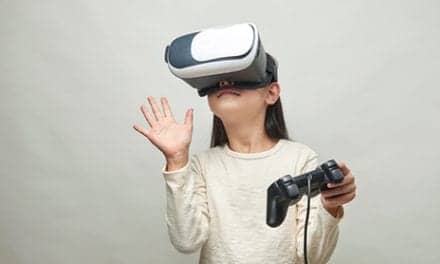A student in the University of Alicante’s Multimedia Engineering department recently engineered a soccer game adapted to accommodate individuals with cerebral palsy (CP), allowing for operation with a foot switch, a push rod head switch, and a hand switch. The technology is a prototype, according to a university news release, which student Roberto Gómez, along with lecturers and co-directors of the project Rafael Molina and Carlos Villagra, have worked on since last November.
In a few months, the technology will reportedly become a free software, built for individuals with CP. In the release, the Cerebral Palsy Association of Alicante (known as APCA) team notes that the game helps empower “strategic planning, perceptual ability, enhances spatiotemporal organization, and speeds up physical response.” Additionally, the team says it meets the recreational component of any game, as well as enhances physical, emotional, and self-improvement motivation of this group.
The final year project, the release notes, has been “warmly” welcomed by the association, particularly since its demo was engineered based upon their needs and preferences. APCA boys and girls have also chosen the interface theme and provided feedback regarding how to improve the tool.
Gómez states that a challenge during the technology’s development has been to filter out unintended clicks of players and replace the conventional menu to choose a new game, player, etc by automatic options scanning. The game’s features are intended to provide the group with the same opportunities, regardless of physical condition, requiring only access to any type of switch such as foot, joystick, or rod.
APCA professionals highlight that, “All these factors contribute to the learning opportunities, interaction and entertainment of this game.”
The release reports that users have played both individually and in groups during a range of tests and experiments, many of who voiced their desire to play it more often.
The project finds its roots in Molina and Villagra’s initiative to engage their students in professional jobs that respond to real needs of society.
[Source(s): Science Daily, Asociación RUVID]



